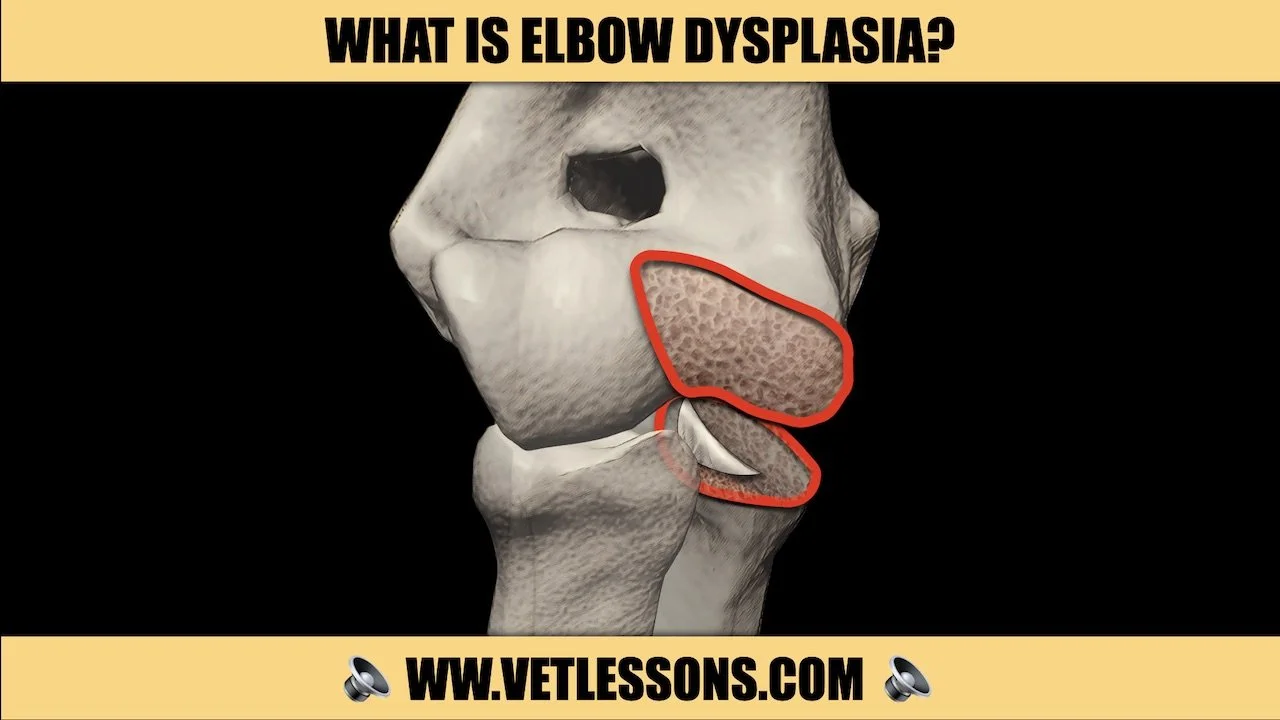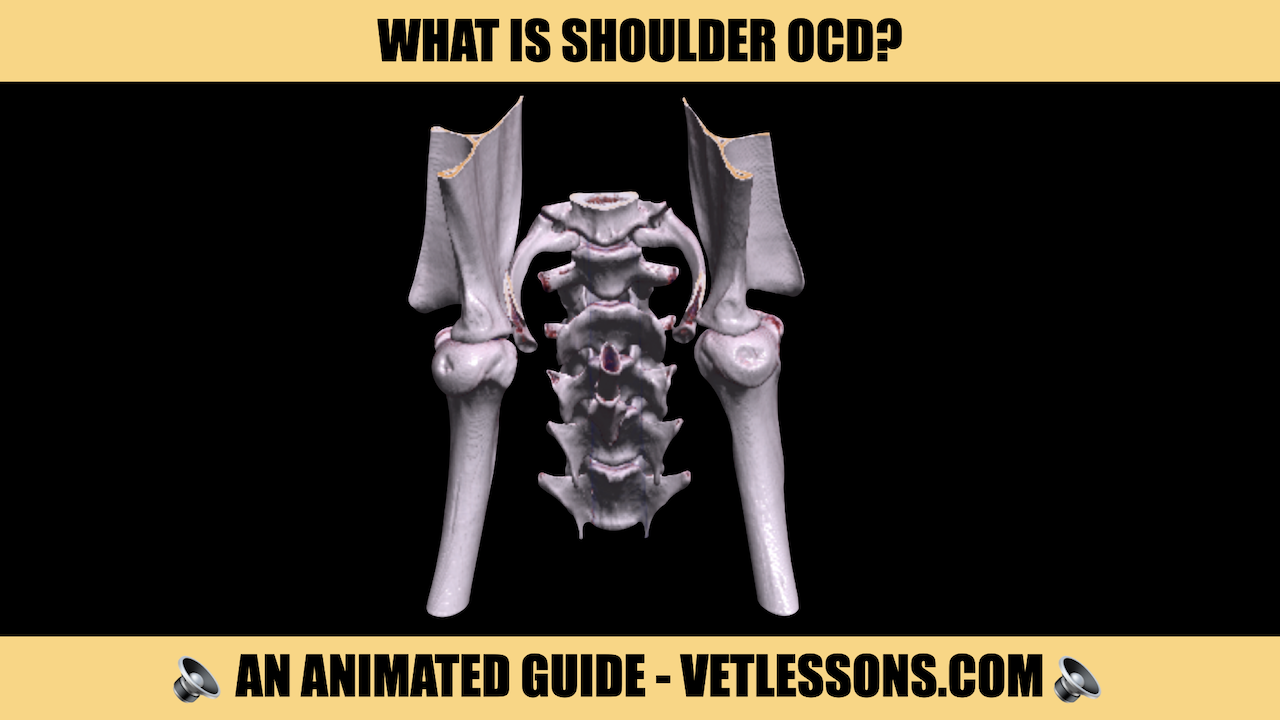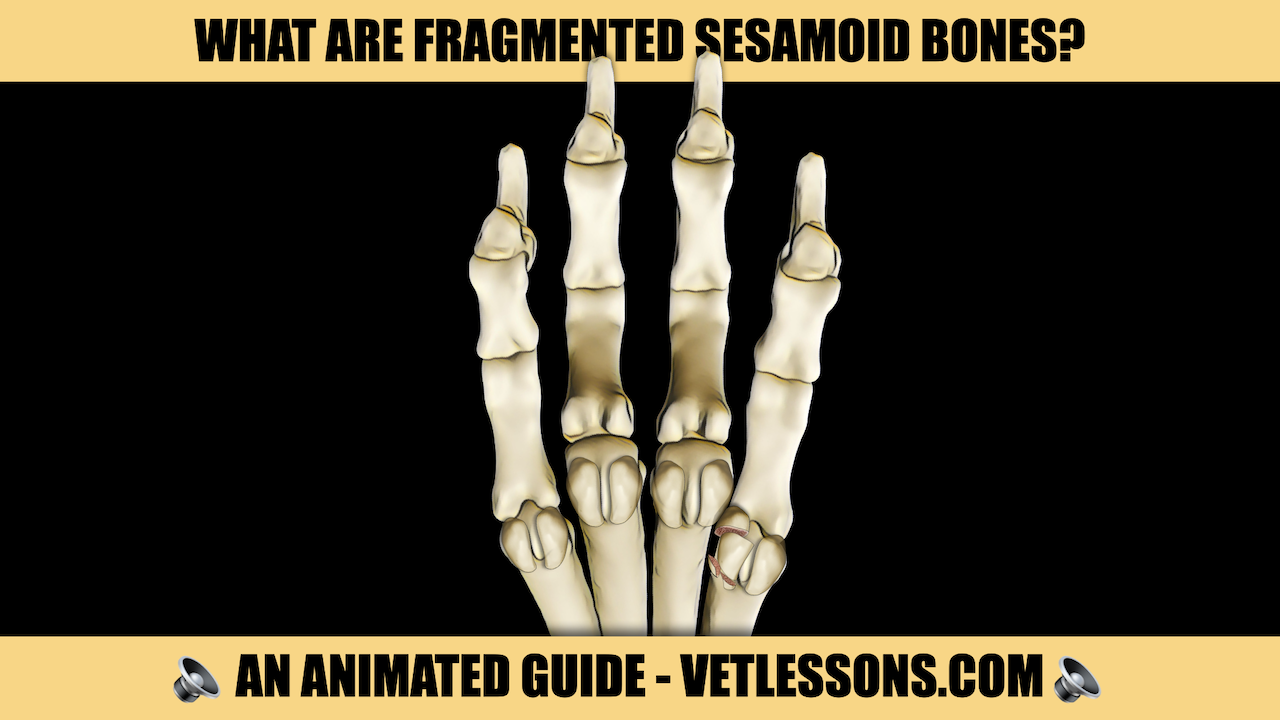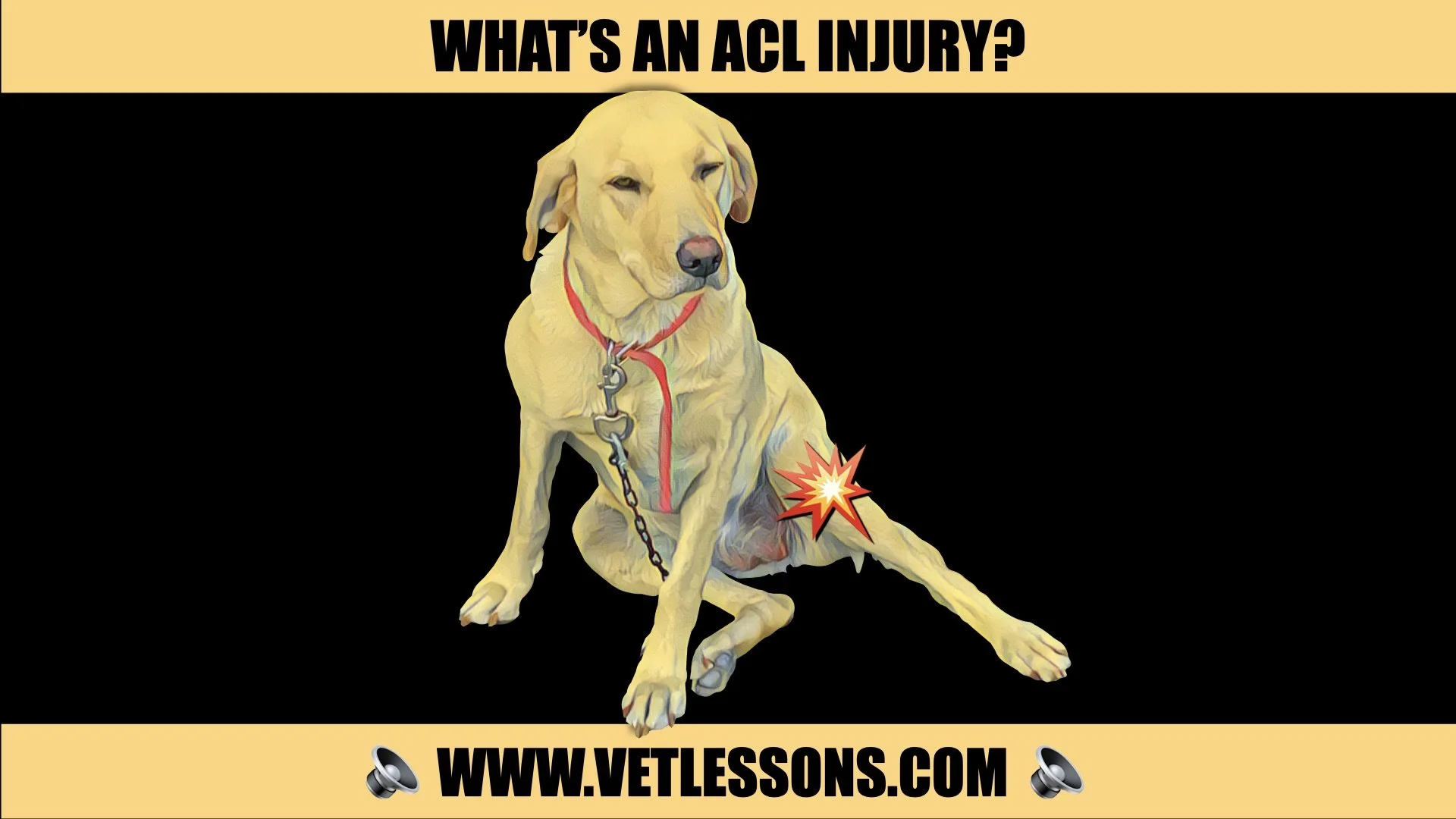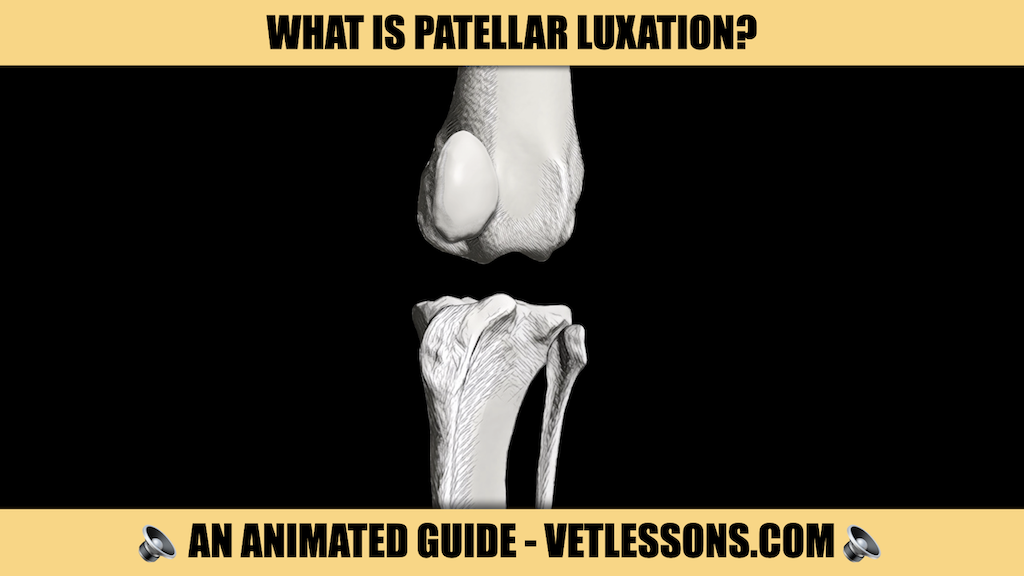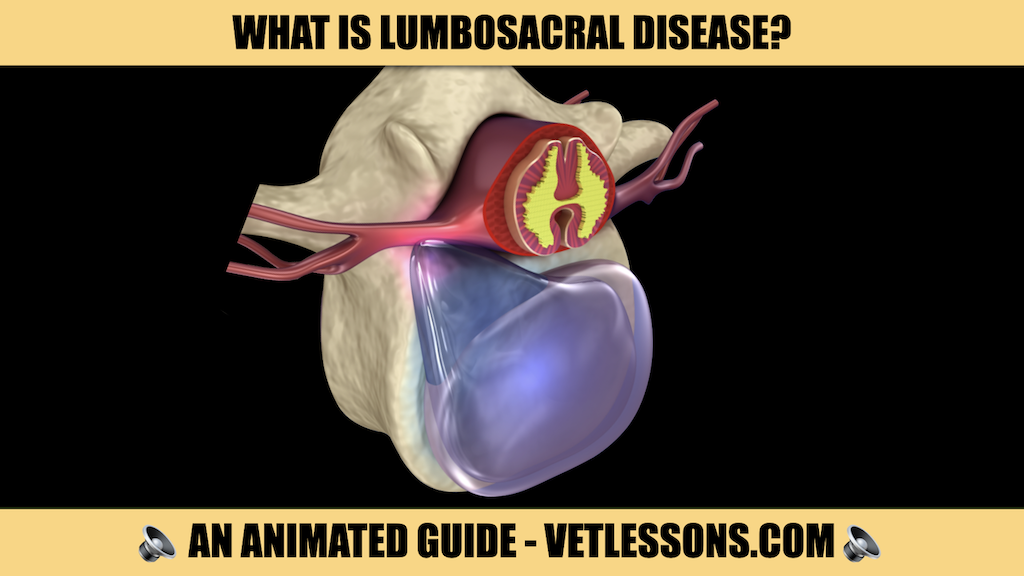LABRADOR RETRIEVER
-
A lifetime study of Labradors showed lean puppies had a significant reduction in the severity of elbow arthritis later in life. There are no supplements capable of reducing the risk of any developmental joint disease.
A popular myth claims that very restricted exercise lessens the likelihood of developmental joint diseases in growing puppies. Tap here to learn about ideal exercise in your Labrador puppy.
A series of studies performed by researchers at the University of California proposed a link between neutering and joint disease. Tap here to learn more.
Chronic forelimb lameness warrants veterinary investigation. Breed risk of elbow dysplasia is 20x higher than average. Early diagnosis and prompt treatment can improve long-term prognosis.
Shoulder OCD risk in Labradors is 13x higher than average; however, shoulder disorders are significantly less common than elbow dysplasia.
Panosteitis causes waves of pain and lameness which can switch between limbs. Possible triggers include consumption of protein-rich, high-calorie commercial puppy food. Breed risk in Labradors is 2x average.
Fragmented sesamoid bones are frequently present without being the cause of lameness. Elbow dysplasia should be ruled out before making a definitive diagnosis (see below).
-
Elbow dysplasia is the commonest cause of chronic forelimb lameness. Labradors rank #1 for elbow arthritis in a UK database. Elbow arthritis secondary to elbow dysplasia gradually worsens with age. The best treatment depends on age and arthritis severity.
Although some veterinary professionals use the term ‘shoulder lameness’, a gait assessment rarely indicates a specific cause. The most valuable test is a thorough physical examination performed by a veterinary surgeon. Other useful tests include x-rays and advanced imaging (CT or MRI).
Sporting dogs have a higher risk of muscle and ligament injuries. Elbow dysplasia should be ruled out before making a definitive diagnosis. Diagnosis can be challenging, and frequently requires advanced imaging or arthroscopy (keyhole surgery).
Labradors are ranked in the top 50 dogs affected by bone cancer. Average age at diagnosis is 7-8 years.
Sesamoid bone fragmentation typically causes intermittent or constant forelimb lameness. Discomfort often worsens during exercise on hard and uneven surfaces.
In dogs, ‘arthritis’ isn’t a definitive diagnosis. It’s a secondary problem caused by one of many possible primary conditions. Tap here to learn about the best available tests for establishing the cause of lameness.
-
Lean Labrador puppies have a 5x lower incidence of hip dysplasia, a lower risk of multiple-joint arthritis, and a significantly longer lifespan than overweight puppies. There are no supplements capable of reducing the risk of any developmental joint disease.
Hip dysplasia is common in Labradors; however, significant pain is uncommon in puppies with mild or moderate hip dysplasia.
Panosteitis causes waves of pain and lameness which can switch between limbs. Possible triggers include consumption of protein-rich, high-calorie commercial puppy food. Breed risk in Labradors is 2x average.
Patellar luxation is a sporadic cause of lameness in Labrador puppies.
Labrador puppies occasionally develop degenerative or traumatic ACL injuries. Tap here to learn more about ACL injury diagnosis and treatment.
A series of studies performed by researchers at the University of California proposed a link between neutering and joint disease. Tap here to learn more.
-
Cruciate ligament injuries are the commonest cause of chronic hindlimb lameness. Labradors are ranked #1 in a UK database for TPLO surgery. Tap here to learn more about ACL injury diagnosis and treatment.
Diagnosis of patellar luxation in adult Labradors triggers a strong suspicion of concurrent cruciate ligament injury.
Significant pain is uncommon in Labradors with mild or moderate hip dysplasia. Cruciate ligament injuries are a more likely cause of lameness.
Labradors rank #1 for hip replacement in a UK database: 394 Labrador hip replacements were registered from 2010 to 2020.
Labradors are ranked in the top 50 breeds affected by bone cancer. Average age at diagnosis is 7-8 years.
PRESUMPTIVE DIAGNOSES
-
PRESUMPTIVE DIAGNOSIS: “Your Labrador has elbow arthritis”.
TRANSLATION: Elbow arthritis is almost always a secondary condition. In Labradors, the commonest cause is elbow dysplasia. Without a definitive diagnosis, you’ll have limited treatment options. Most caregivers choose long-term exercise restriction and oral painkillers. If you pursue a definitive diagnosis, you’ll open the door to other treatment options. If the cause of your Labrador’s elbow arthritis is focal dysplasia, keyhole surgery can be very effective. If the problem is severe elbow dysplasia, your available choices will include joint injections and several operations.
-
PRESUMPTIVE DIAGNOSIS: “Your Labrador has shoulder lameness”.
TRANSLATION: Neither “shoulder lameness” nor “shoulder instability” are definitive diagnoses. Without a definitive diagnosis, you’ll have limited treatment options. Most caregivers choose long-term exercise restriction, physiotherapy, and oral painkillers. Some treatment protocols include non-specific laser therapy. Joint injections are available (e.g. methylprednisolone or PRP); however, without knowing the specific shoulder injury, long-term response is unpredictable. If you choose to fit a shoulder brace to your Labrador without a definitive diagnosis, you’re committing to months of potentially ineffective treatment. If you pursue a definitive diagnosis, you’ll open the door to other treatment options. Missed diagnoses of elbow dysplasia are common in dogs with “shoulder lameness”, and elbow dysplasia has many effective treatment options. Specific shoulder injury treatments include arthroscopic treatment of partial biceps tendon rupture, shoulder stabilization, and biological therapy for supraspinatus tendinopathy.
-
PRESUMPTIVE DIAGNOSIS: “Your Labrador has hip arthritis”.
TRANSLATION: “Unless it’s severe, hip arthritis rarely causes clinical signs in adult Labradors. It’s crucial to avoid months of ineffective treatment for “hip arthritis” when the true culprit is another condition with better treatment options. If you ignore the possibility of another cause of chronic pain, you’ll limit your choices. Most caregivers select long-term exercise restriction, physiotherapy, and oral painkillers. If you pursue a definitive diagnosis, you’ll open the door to many treatment options. If your veterinary team diagnose an ACL injury, there are several very effective treatment options. Lumbosacral disc disease is another common missed diagnosis in Labradors with hip arthritis. If hip arthritis is the true culprit, total hip replacement is a very effective treatment option.



